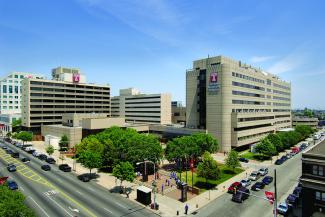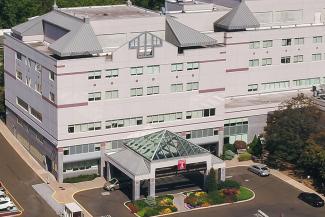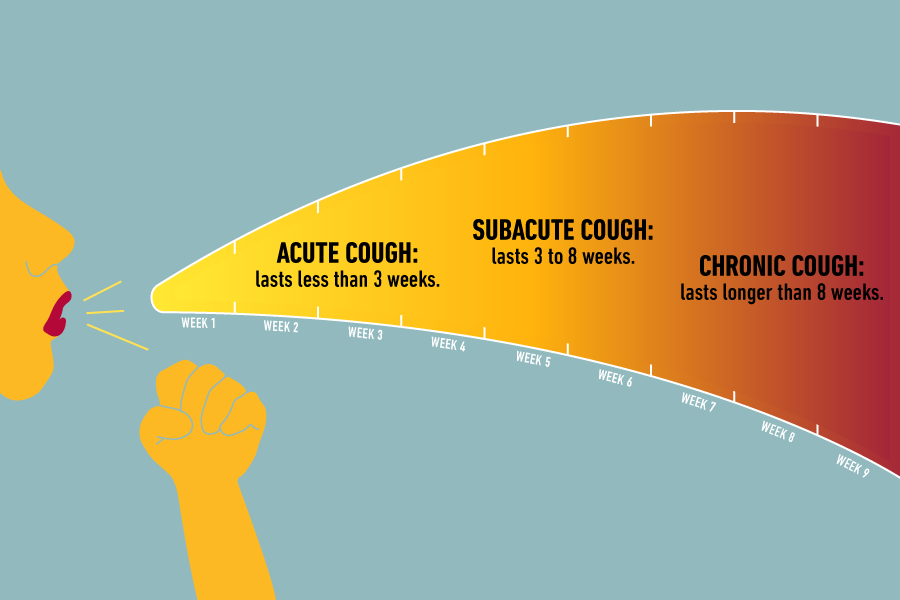The lungs, heart and blood vessels work together to ensure that oxygen and carbon dioxide get to where they need to go in the body. As part of the same system, heart and blood vessel conditions can affect—and be affected by—the condition of the lungs. Because of this, pulmonary (lung) function tests can be useful in diagnosis and monitoring, and in planning for cardiovascular surgery.
Temple offers a number of procedures to determine how well the lungs and breathing muscles are working—and whether they’re functioning well in tandem with the heart and blood vessels to circulate oxygen throughout the body. These tests are carried out by the Pulmonary Function Laboratory at Temple Lung Center, working closely with Temple’s cardiovascular specialists.



